As the American dream evolves, more people are turning away from skyscrapers and gridlock in search of something quieter, more grounded, and deeply connected to the land. Whether it’s artists chasing inspiration in desert light, families trading high rents for fresh air, or remote workers seeking views that beat any corner office, rural towns across the U.S. are undergoing a quiet renaissance.
But many of these places—once celebrated for their affordability—aren’t the budget-friendly havens they used to be. As interest surges and newcomers flood in, prices are rising, and the cost of small-town living is catching up with its big-city counterparts. These 15 American towns have all marketed themselves as affordable retreats—but the secret’s out.
1. Boulder, Colorado

Boulder has long had a reputation as an affordable, progressive, and nature-loving alternative to Denver. However, its popularity—thanks to the presence of the University of Colorado Boulder, a thriving tech sector, and world-class hiking—has made it a magnet for professionals and wealthy retirees alike. Over the past decade, home values have doubled, and in 2025, the median home price hovers around $1.2 million.
The affordability issue is compounded by Boulder’s strict development and zoning regulations, which restrict housing supply and keep inventory low. Locals often refer to the “Boulder Bubble”—a situation where high prices and exclusivity have transformed the once laid-back town into a place where teachers, service workers, and young families struggle to find housing. While it still markets itself as vibrant and accessible, the reality is that, according to the Economic Research Institute, affordability is increasingly out of reach.
2. Fayetteville, Arkansas

Fayetteville was once a hidden gem, known primarily as the home of the University of Arkansas and the Razorbacks. It had a small-town college vibe, low housing costs, and an affordable cost of living. But with the broader growth of Northwest Arkansas—home to Walmart, Tyson Foods, and J.B. Hunt—Fayetteville has seen massive development, tech sector expansion, and a steady rise in population.
As a result, housing prices have surged by more than 60% since 2020, and inventory remains tight. Rental rates are increasing as student housing demands compete with those of young professionals and families. Locals lament the loss of the affordable, accessible town they once knew. Though Fayetteville still presents itself as budget-friendly and down-to-earth, it’s no longer the bargain it once was, notes Forbes.
3. Marfa, Texas
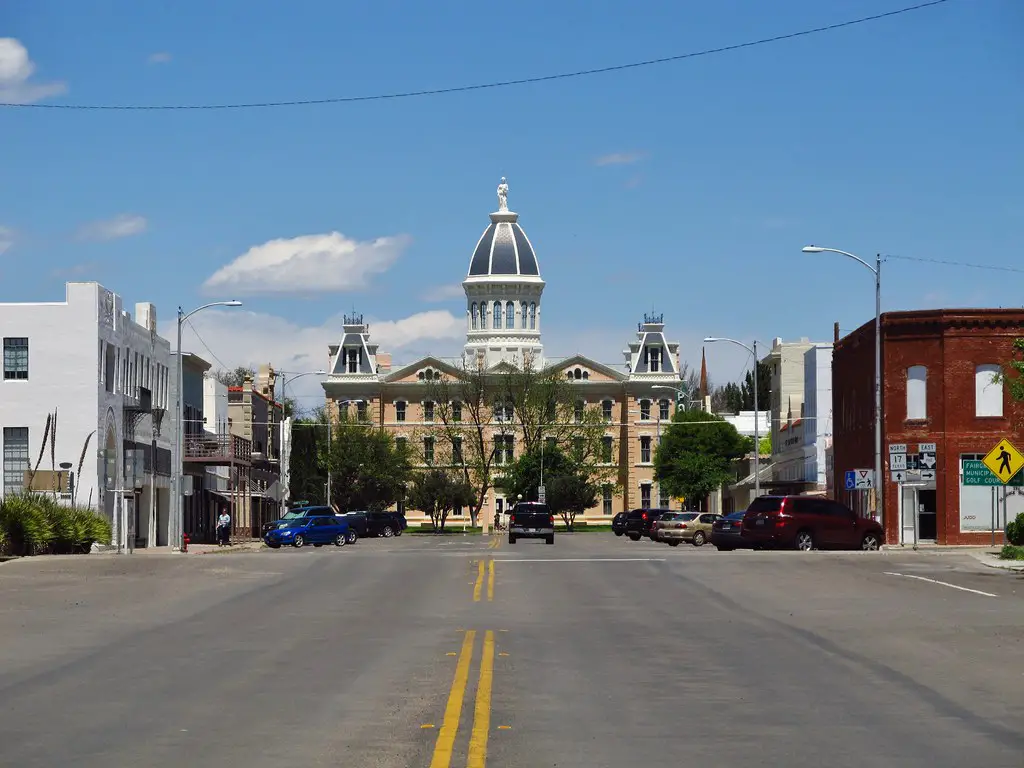
Marfa, a tiny desert town in far West Texas, used to be an off-the-beaten-path, budget-friendly escape for artists, creatives, and curious travelers. Known for its minimalist aesthetic, desert landscapes, and the mysterious “Marfa Lights,” it gained a cult following thanks to its contemporary art scene, anchored by the Chinati Foundation. For years, it was a place where people could live cheaply, work remotely or off-grid, and enjoy a slower pace of life surrounded by art and solitude.
But Axios reports that Marfa’s affordability has faded as its reputation has skyrocketed. Art collectors, urban creatives, and investors have flocked to the town, driving up the prices of everything from real estate to a cup of coffee. The local housing supply is extremely limited, and many properties have been converted into short-term vacation rentals, leaving residents struggling to find long-term options. While Marfa continues to market itself as a hip, affordable desert escape, the reality is that the cost of living—especially in terms of housing—has far outpaced what most locals and artists can sustain.
4. Bentonville, Arkansas
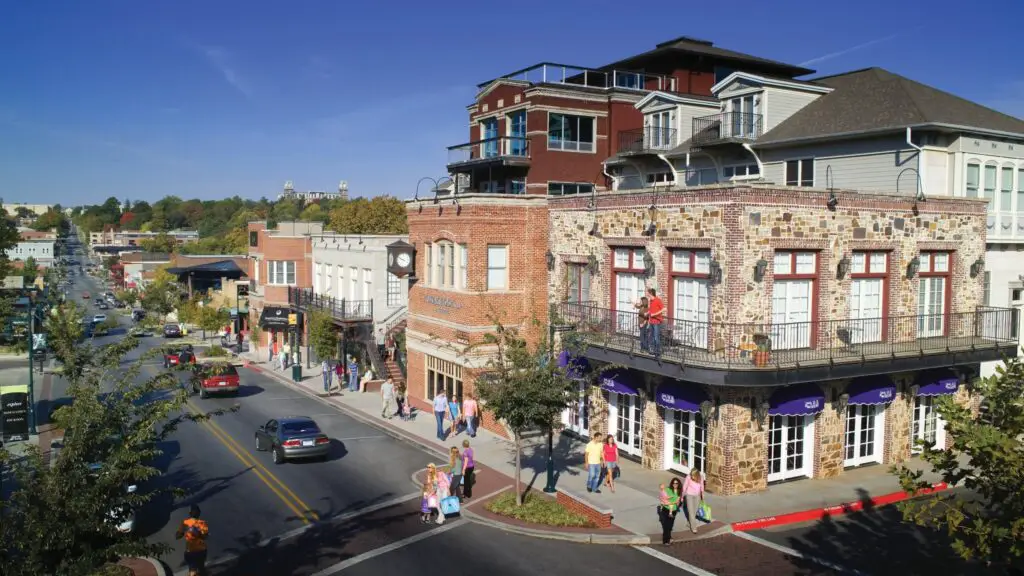
Once known primarily as the hometown of Walmart, Bentonville has transformed into one of the fastest-growing small cities in the U.S. With Walmart’s massive corporate presence and the influx of satellite companies and suppliers setting up shop nearby, Bentonville marketed itself as a livable, affordable place for professionals and families alike. The city invested heavily in infrastructure, culture, and recreation—adding art museums like Crystal Bridges, bike trails, and a vibrant culinary scene—all of which made it even more appealing.
However, that rapid growth has brought sharp increases in housing costs and a dwindling inventory of affordable homes, says CNBC. The median home price in Bentonville has climbed dramatically in recent years, driven by high-paying corporate jobs and new development. Rents are also surging as demand outpaces supply. What was once considered a hidden gem in the Ozarks with a low cost of living is now a competitive, high-demand real estate market—pricing out many longtime residents and creating challenges for younger professionals or families trying to relocate. Despite continued marketing around affordability and quality of life, Bentonville’s economic boom has made living there significantly more expensive.
5. Sandpoint, Idaho

Sandpoint, situated on the shores of Lake Pend Oreille, is a hidden gem in the Pacific Northwest. This picturesque town offers breathtaking views, world-class skiing at Schweitzer Mountain, and a lively arts community. Its affordable housing market and low crime rates make it especially appealing for families and retirees. Remote workers are also taking notice, thanks to improved internet connectivity and a welcoming community.
Sandpoint’s small-town charm belies its growing sophistication, with boutique shops, gourmet restaurants, and cultural events drawing visitors and new residents alike. However, the increased interest in the area is leading to rising real estate prices, creating challenges for longtime locals. The city council is actively addressing these issues by exploring zoning changes to increase housing availability. But a round-up from 107.9 LITE FM states that Sandpoint won’t be able to maintain its allure while adapting to its newfound popularity.
6. Traverse City, Michigan
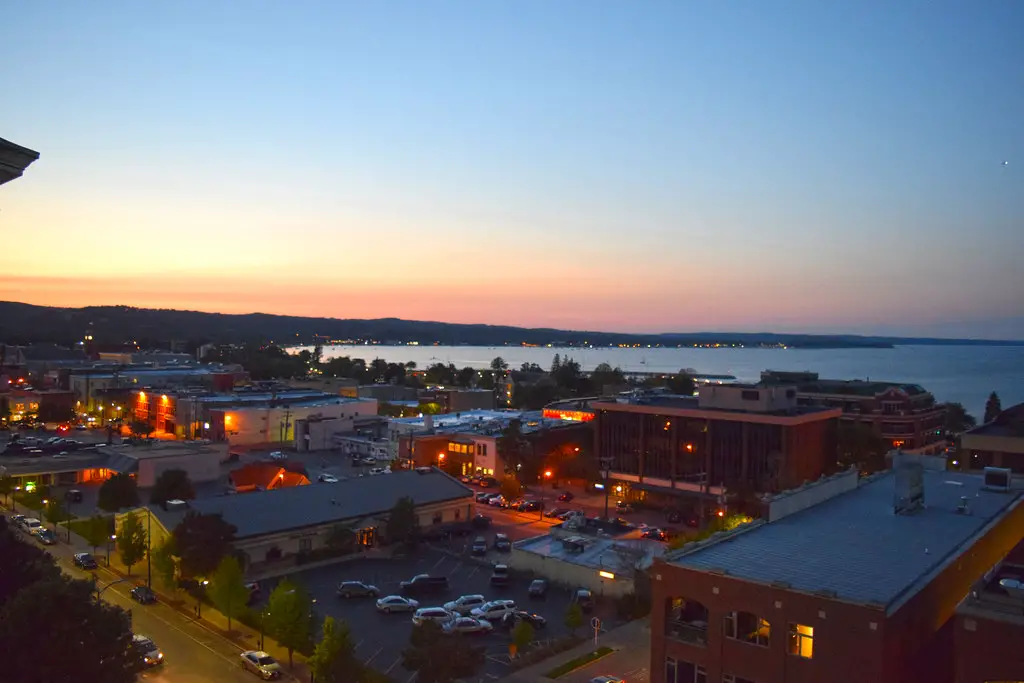
Located on the shores of Lake Michigan, Traverse City is gaining traction as one of the Midwest’s most desirable rural towns. Renowned for its cherry orchards, wineries, and festivals, the town offers a vibrant lifestyle while maintaining its small-town appeal. Its proximity to the Great Lakes provides ample opportunities for boating, fishing, and hiking, making it a haven for outdoor enthusiasts. With a growing food scene and boutique shopping options, Traverse City balances rural charm with modern conveniences.
As remote work trends continue, more families and professionals are relocating to this scenic destination. However, the rise in demand has led to increasing property prices and a competitive housing market. Local efforts to manage growth include initiatives to expand affordable housing and preserve the area’s natural beauty. Traverse City’s economy is thriving, but maintaining its balance of progress and tradition remains a top priority.
7. Bozeman, Montana
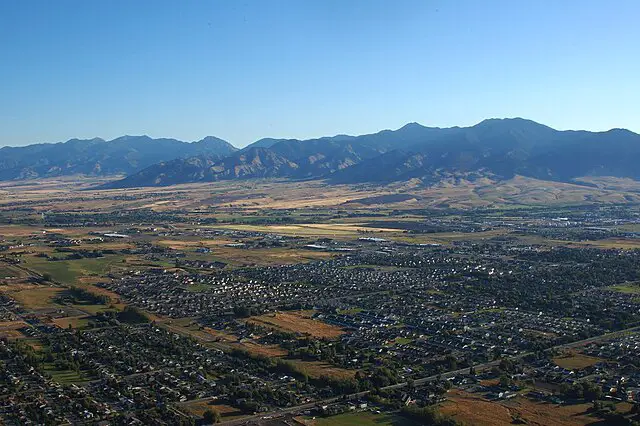
Bozeman has long been heralded as a charming, outdoorsy haven with relatively low costs compared to coastal cities. Surrounded by stunning mountain views and access to Yellowstone National Park, it became especially appealing during the pandemic as remote workers flocked to quieter, nature-filled towns. But this surge in demand caused housing prices to explode. As of 2025, Bozeman’s median home price is well over $700,000—far beyond what local wages can support.
The influx of high-income transplants has also affected rental markets, pushing out many long-term residents and creating a growing divide between old and new Bozeman. Infrastructure and services are also feeling the strain, and locals have expressed concern that the very lifestyle that once defined Bozeman is being diluted by overdevelopment and unaffordability. What was once a quiet, affordable mountain town now faces the realities of housing crises and rising living expenses.
8. Brevard, North Carolina
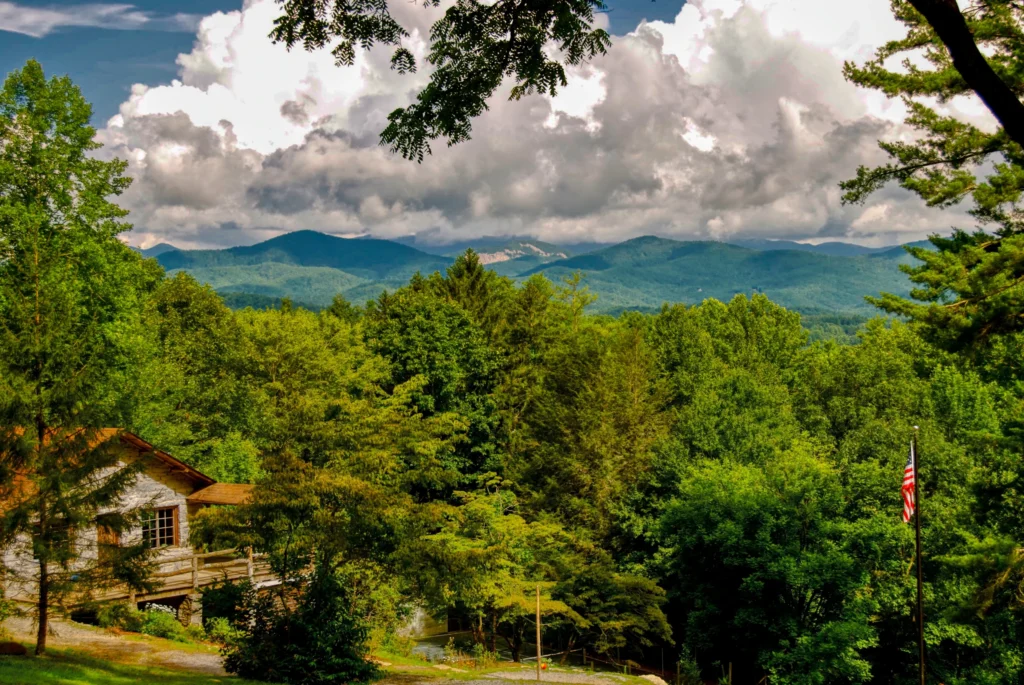
Nestled in the heart of the Blue Ridge Mountains, Brevard is a small town with big appeal. Its abundance of waterfalls, hiking trails, and natural beauty make it a magnet for outdoor lovers. The town also has a burgeoning arts scene and a rich history, drawing retirees and remote workers alike. Brevard’s close-knit community and charming downtown area add to its allure.
Brevard’s affordability, combined with its high quality of life, makes it an attractive option for newcomers. However, the influx of residents has sparked concerns about overdevelopment and rising property values. Efforts to maintain its small-town feel include land conservation initiatives and community planning projects.
9. Durango, Colorado

Durango, a quaint town in southwest Colorado, is attracting new residents with its picturesque mountain views and outdoor recreational opportunities. The town is a gateway to the San Juan National Forest and offers a wide array of activities, from skiing to river rafting. Durango’s historic downtown is home to unique shops, breweries, and restaurants that provide a vibrant local culture.
The area is also experiencing an influx of remote workers, thanks to its improving internet infrastructure and appealing lifestyle. Rising demand for housing has led to increased real estate prices, prompting local efforts to expand affordable housing options. Despite these challenges, Durango continues to charm with its balance of natural beauty and modern amenities.
10. Coeur d’Alene, Idaho
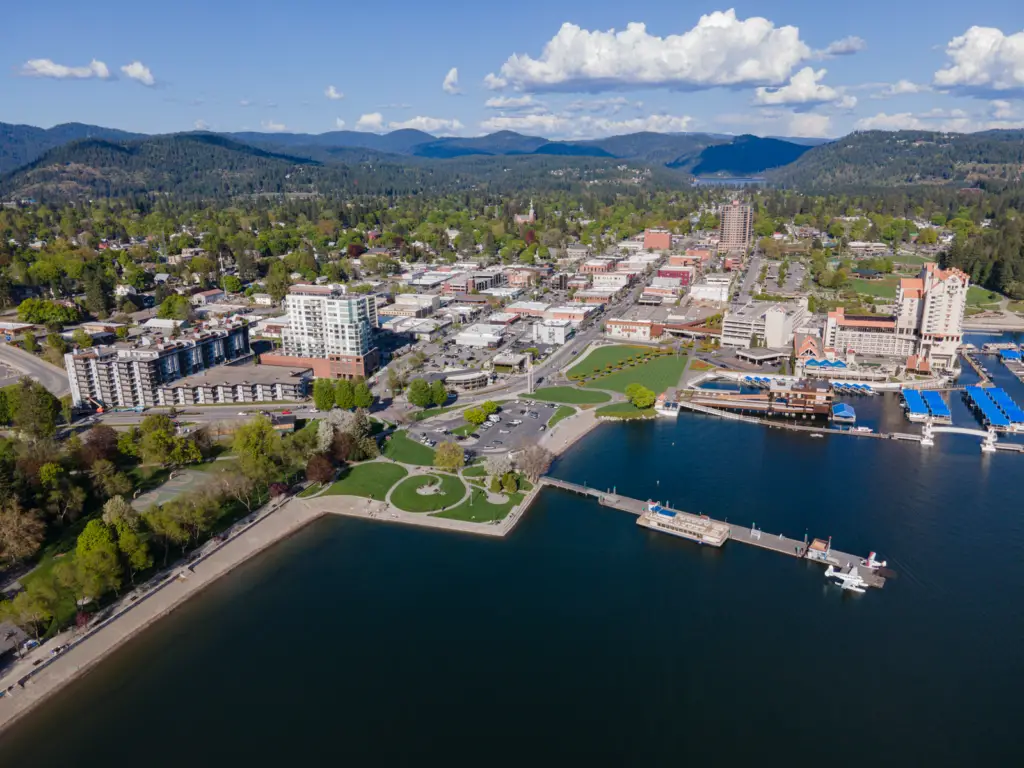
For years, Coeur d’Alene was an under-the-radar lakeside town that marketed itself as an affordable mountain retreat with a strong sense of community. That image changed rapidly in the 2020s when out-of-state buyers—particularly from California and Washington—started purchasing homes en masse. The pandemic-era remote work boom brought in a wave of new residents, and prices spiked accordingly.
Median home prices in Coeur d’Alene are now above $600,000, and locals are being pushed out of the market. The cost of living has also jumped across the board—from groceries to utilities—due in part to growing demand and limited infrastructure. While the town still emphasizes its livability and affordability in tourism materials, for many long-time residents, that reputation feels increasingly out of sync with reality.
11. Whitefish, Montana
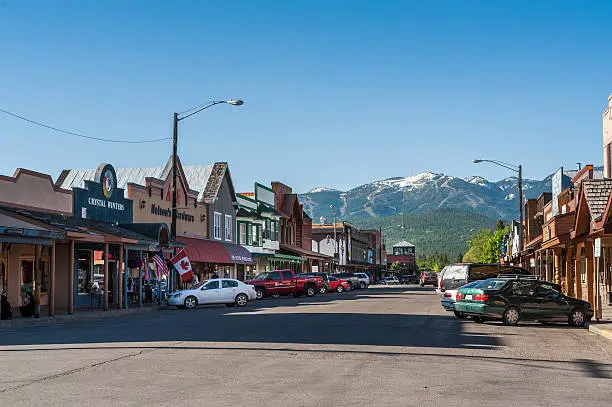
Whitefish, located near Glacier National Park, has emerged as a sought-after destination for those craving the great outdoors. The town’s ski resorts, hiking trails, and lakes offer year-round activities, while its vibrant arts and dining scene add a touch of sophistication. Whitefish’s small-town charm and welcoming community are key draws for families and retirees.
The influx of new residents has driven up housing costs, creating concerns about affordability for locals. Efforts to address these issues include zoning reforms and support for affordable housing projects.
12. Fredericksburg, Texas
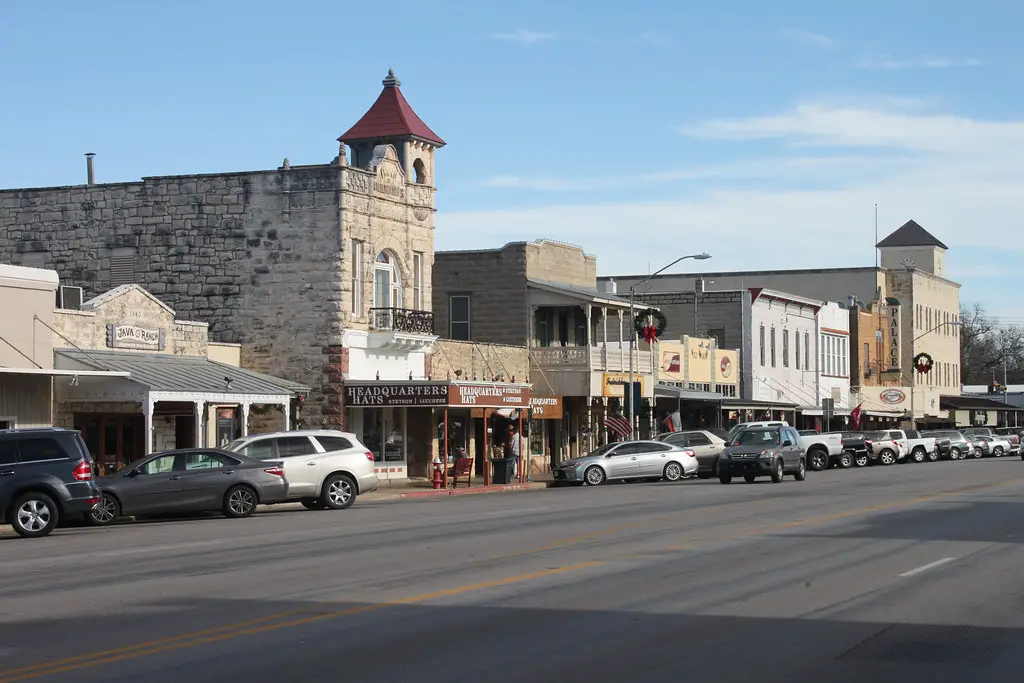
This charming Texas Hill Country town is known for its German heritage, wineries, and scenic beauty. Fredericksburg’s proximity to Austin and San Antonio makes it an attractive option for those seeking a rural lifestyle without sacrificing access to urban amenities. The town’s vibrant arts and culinary scenes also contribute to its growing appeal.
While Fredericksburg remains affordable compared to larger cities, the influx of newcomers has led to rising property values. Local officials are exploring ways to manage growth while preserving the town’s historical character.
13. Flagstaff, Arizona
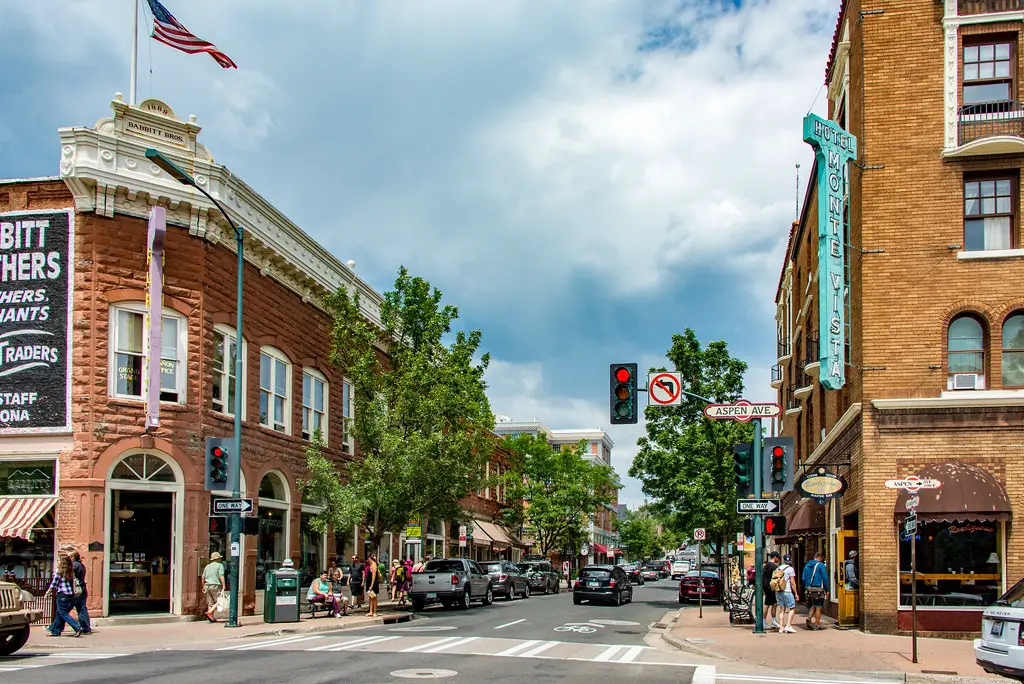
Flagstaff was once known as a cool, pine-filled escape from the scorching Arizona desert cities like Phoenix and Tucson. Its small-town vibe, proximity to the Grand Canyon, and relatively low housing costs made it attractive to families and retirees alike. But in recent years, Flagstaff has experienced rapid price growth. The average home price now sits over $650,000, despite local median incomes lagging far behind.
A major factor is its constrained geography—surrounded by national forest and tribal lands, there’s limited room to expand. This lack of housing supply, combined with a flood of second-home buyers and short-term rental conversions, has pushed rental and housing prices to record highs. While Flagstaff still touts its affordability and charm, those trying to put down roots are finding it increasingly difficult to do so.
14. Durham, North Carolina
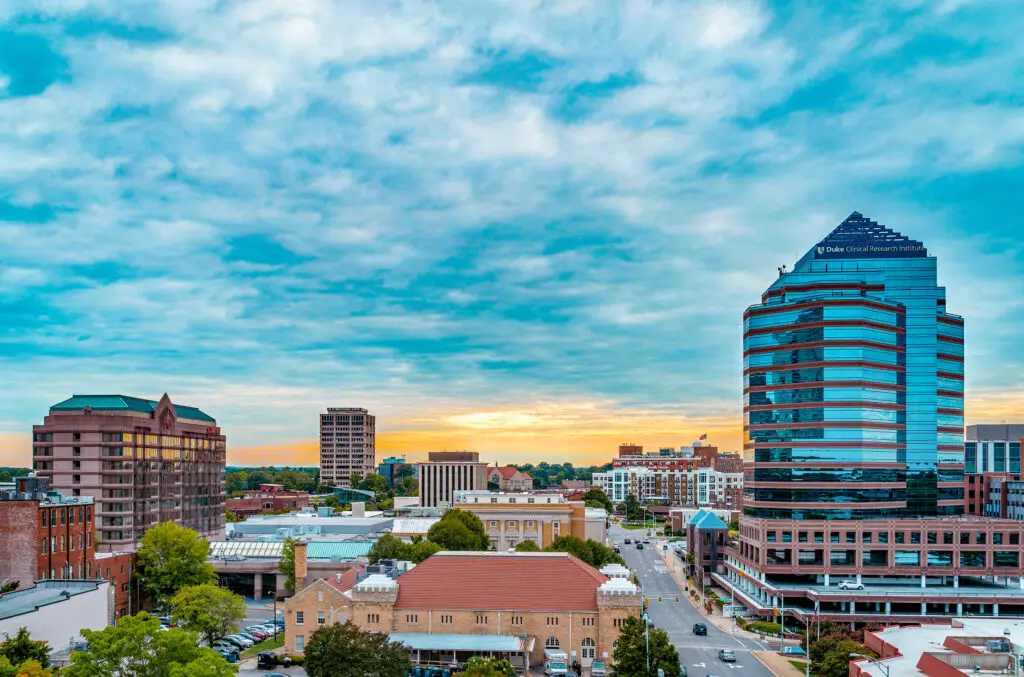
Durham was once seen as the most affordable member of North Carolina’s Research Triangle, offering a hip, revitalized downtown at a fraction of the cost of nearby Raleigh or Chapel Hill. It drew a wave of creatives, entrepreneurs, and tech workers—especially with the expansion of Research Triangle Park and Duke University’s growing prestige. But that influx has transformed Durham’s housing market, with prices rising over 70% in the past five years.
New developments and luxury apartment complexes have replaced many historic neighborhoods, driving up rents and displacing longtime residents. Gentrification has taken hold in many central areas, changing the cultural and economic makeup of the city. While Durham still claims affordability and vibrancy in its branding, many locals feel priced out of the growth and left behind in a city that once promised opportunity for all.
15. Greenville, South Carolina

Greenville has gone through a stunning transformation over the past two decades—from a sleepy Southern town to a revitalized, walkable city with a thriving downtown. It promoted itself as an affordable and friendly place to live, attracting retirees, remote workers, and families. However, that attention has led to an explosion in demand, causing home prices to skyrocket and rental costs to follow.
Many locals now struggle to keep up, especially as wages in the area have not risen in step with housing costs. Real estate investors and out-of-state buyers are also scooping up properties, converting many homes into short-term rentals or flipping them for profit. Greenville’s glossy new image and trendy reputation are masking deeper issues of housing inequality and affordability concerns for everyday residents.
